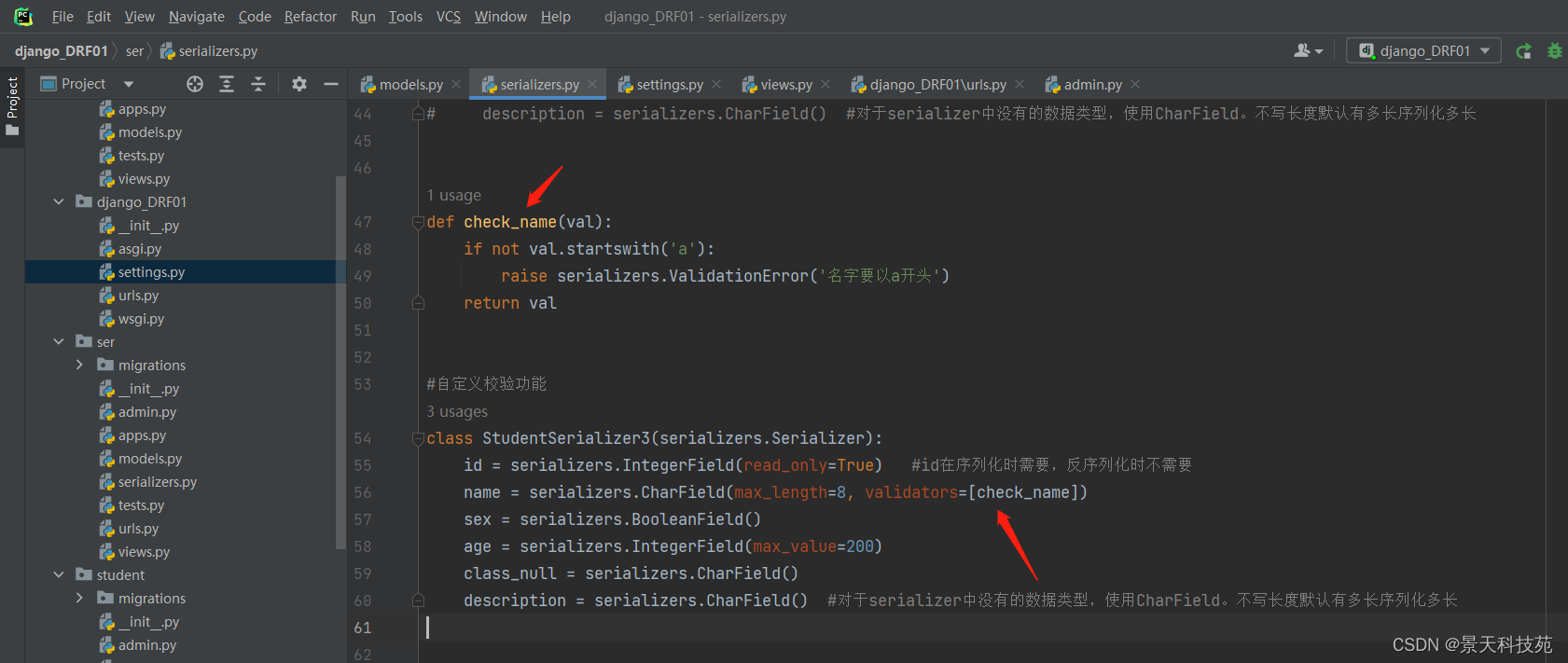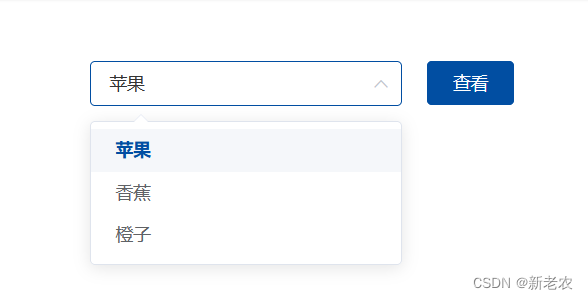本文介绍: 在 Web 应用的开发过程中,确保数据传输的安全性和完整性是一个不容忽视的问题。使用 HMAC(Hash–based Message Authentication Code)算法对请求内容进行签名校验,是一种常见且有效的安全策略。本文将详细介绍如何在 Django 后端实现 HMAC 签名校验,并展示如何在前端 Vue.js 应用中生成对应的签名,从而确保前后端通信的安全性。
概要
在 Web 应用的开发过程中,确保数据传输的安全性和完整性是一个不容忽视的问题。使用 HMAC(Hash–based Message Authentication Code)算法对请求内容进行签名校验,是一种常见且有效的安全策略。本文将详细介绍如何在 Django 后端实现 HMAC 签名校验,并展示如何在前端 Vue.js 应用中生成对应的签名,从而确保前后端通信的安全性。
1. Django 后端实现
步骤 1: 安装所需库
在 Django 项目中,我们首先确保安装了 hmac 和 hashlib,这些通常是 Python 标准库的一部分。
步骤 2: 创建签名生成函数
在 Django 应用中,创建一个函数来生成基于 HMAC 的签名。
步骤 3: 创建中间件进行签名校验
步骤 4: 注册中间件
在 Django 的 settings.py 中注册这个中间件。
2. 前端实现(Vue.js)
步骤 1: 安装 Crypto-js
在 Vue.js 项目中,安装 crypto-js 来生成 HMAC 签名。
步骤 2: 在 Axios 请求中添加签名
3. 安全考虑
4. 测试和调试
总结
声明:本站所有文章,如无特殊说明或标注,均为本站原创发布。任何个人或组织,在未征得本站同意时,禁止复制、盗用、采集、发布本站内容到任何网站、书籍等各类媒体平台。如若本站内容侵犯了原著者的合法权益,可联系我们进行处理。








